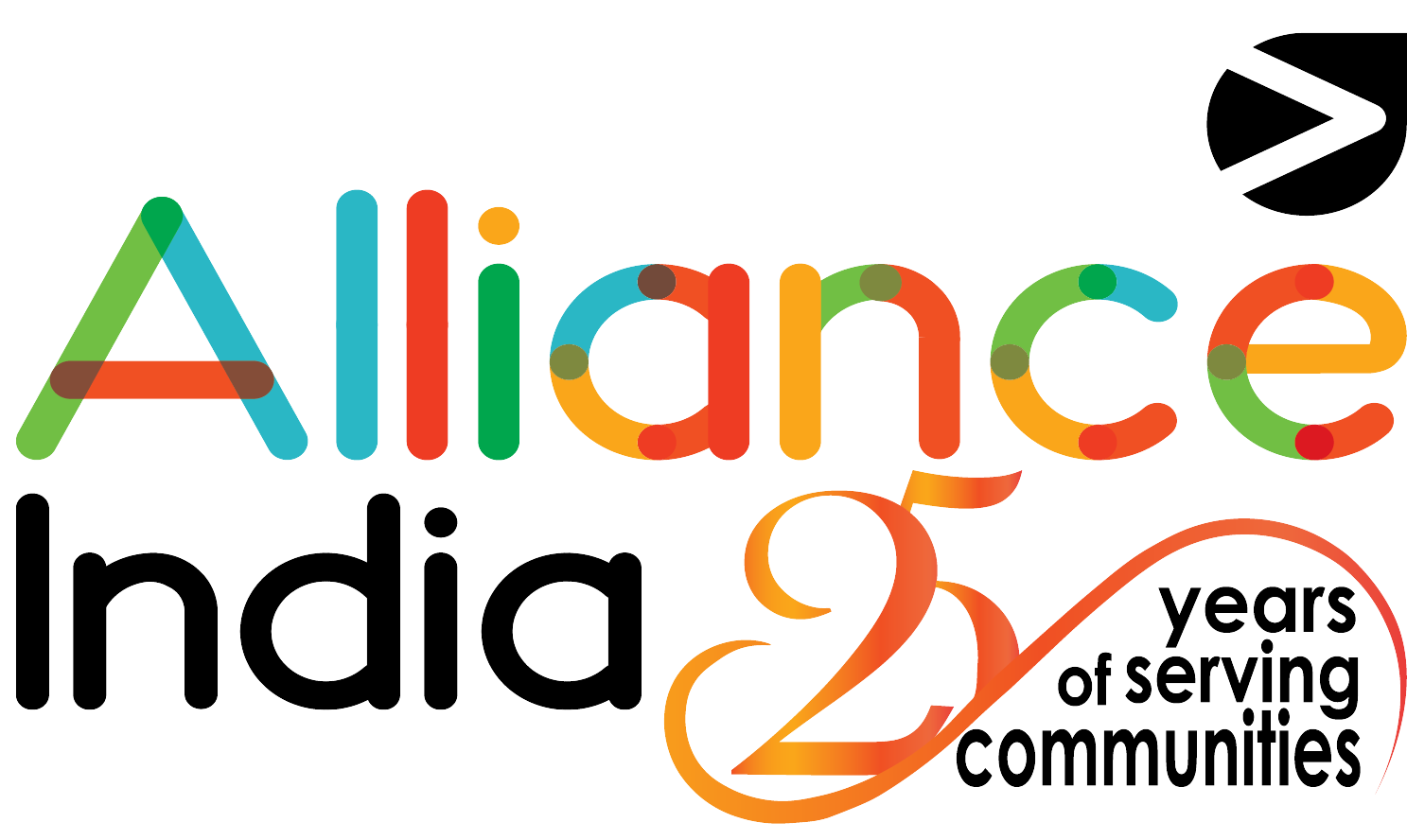World TB Day 2020
 On the eve of World TB day, March 24th, many will remember the spring of 2020 as the time that COVID-19 became a pandemic. The virus spread from a few pneumonia cases in Wuhan, China in late December 2019 to over 72,000 cases in China by Feb 18th. COVID-19 has now spread to most countries within a matter of months, resulting in international travel restrictions, social distancing, and full lockdowns in countries as disparate as China and Italy, in an effort to stop continued transmission of this virus.
On the eve of World TB day, March 24th, many will remember the spring of 2020 as the time that COVID-19 became a pandemic. The virus spread from a few pneumonia cases in Wuhan, China in late December 2019 to over 72,000 cases in China by Feb 18th. COVID-19 has now spread to most countries within a matter of months, resulting in international travel restrictions, social distancing, and full lockdowns in countries as disparate as China and Italy, in an effort to stop continued transmission of this virus.
Amid this dramatic pandemic, one might ask, why worry about TB? What is the relevance of World TB Day in this context? In this context, it is helpful to remember a few things:
The risk of death or mortality rate of TB in India is higher than COVID-19, and there is more TB in India right now. The overall initial mortality rate for COVID-19 in Wuhan was 2.3% among persons known to have COVID-19. Although the mortality rate is higher among infected persons aged 70 or older, it is believed that many people had milder disease and were not diagnosed. Thus, it is possible that the overall mortality rate for COVID-19 could be even lower. In India, we have less than 200 cases as of March 20th, although the government of India is appropriately intensifying social distancing efforts, to prevent the potential spread and exponential increase in cases of COVID-19 seen in so many other countries. In comparison, in 2018, 2.15 lakh persons were reported to have TB in India, and 54,184, or 4% of people with TB reported in the public sector, died from this curable disease. While it is important to follow all precautions for COVID-19, we mustn’t forget about the burden and ills of TB. The burden, or the number of TB cases, and the proportion that dies from TB is much higher. Additionally, in studies looking at the 1918 epidemic and seasonal flu, persons with the flu and TB were more likely to die than those who only had the flu. While the COVID-19 virus is different from the influenza virus, this data is worrisome that COVID-19 patients with TB may have worse outcomes or higher risk of death.
Natural disasters and epidemics have wreaked havoc for TB patients and programs in the past. The 2010 earthquake in Haiti, the 2014 Ebola outbreak in West Africa, and the 2005 Hurricane Katrina in the U.S. state of Louisiana were all instances of national crises that inadvertently affected the care and diagnosis of TB patients. In the U.S., the national and state TB programs had to work together to locate each TB patient that had re-located due to the hurricane and ensure their TB treatment. In the aftermath of the Ebola outbreak and the earthquake, public health infrastructure was destroyed in Liberia, Sierra Leone, and Haiti, and there was a rise in TB cases. Access to healthcare personnel, diagnostic resources, and medications were affected, resulting in the disruption of TB diagnosis and care for patients in these situations. In the setting of emergencies and calamities, supporting and assuring that patients complete their TB treatment, which takes at 6 months for drug-sensitive TB, or up to 24 months for those with drug-resistant TB, is daunting and challenging. If the COVID-19 cases increase in India as in other countries, we will need to make sure that we don’t neglect TB, which unfortunately will still be here after the COVID-19 pandemic hopefully ends. India will need to make sure that the COVID-19 preparedness activities do not endanger the diagnosis and treatment of TB patients. It will also be important to remember that TB patients may be especially vulnerable and fare worse from COVID-19 disease. We will need to bolster efforts to make sure that PM Modi’s mission to end TB by 2025, while perhaps delayed this epidemic, should still be achieved.
TB program and COVID-19 preparedness activities can strengthen each other. Many objectives from the National Tuberculosis Elimination Program (NTEP) are critical to India’s fight against COVID-19. Contact tracing and implementation of airborne infection control measures are key to containing the spread of COVID-19. Identification of and self-isolation of people exposed to COVID-19 was a successful strategy in Singapore for them to prevent more spread. Infection control and prevention for all health facilities will be crucial to prevent transmission of COVID-19 to patients and healthcare workers in health facilities. All facilities should have infection control plans, including triage of coughing febrile patients, and cohorting potentially contagious
patients. On March 21st, the U.S. Federal Drug Administration (FDA) approved a rapid point-of-care test that can diagnose COVID-19 in 45 minutes. The test uses the same platform as CBNAAT, the rapid diagnostic test for TB and drug-resistant TB. There are over 1300 CBNAAT machines in the TB program in India, and this foresight and investment now can support rapid diagnosis, triage, and isolation or cohorting of COVID patients. Besides, TB testing will still be important to ensure adequate treatment and respiratory isolation of any hospitalized persons who may be infected with both diseases. These core TB airborne infection control principles, as well as all infection control principles, if widely adopted, would safeguard patients to receive care in “healthy facilities” at any place, at any time, even beyond this pandemic.
Fighting stigma and social isolation are crucial to winning the fight against both COVID-19 and TB. Finding persons with COVID-19 and stopping the spread of the virus to other peoples is crucial to stopping the epidemic. In the same way, diagnosing and treating each person with TB is crucial to stopping the spread of TB and meeting goals to end TB. Stigma is a barrier for both diseases reaching their goals. The fear of stigma results in delays in diagnosis, mental anguish and anxiety, additional community spread, and worse patient outcomes. News reports reflect unfortunate actions due to the stigma of COVID-19 patients, their quarantined contacts, and their health care workers. TB has evoked high levels of stigma for centuries due to lack of information and awareness. Even today, young women diagnosed with TB reported enduring consequences when their diagnosis was disclosed, such as canceled marital engagements, losing their place to live, or their job. Women are particularly vulnerable to this stigma given the importance and social status of being married, in a family, etc. However, the proportion of TB in India is greatest among young working men, and to be sure, there is a different kind of stigma for them. A TB diagnosis affects one’s ability to work and maintain living wages. Studies and tools to increase awareness and mitigate stigma due to TB can support all public health activities to decrease stigma.
In recognition of this year’s World TB Day, we need to stay dedicated to ending the TB epidemic by diagnosing, treating, and curing each TB patient in India. We also need to remember that a strong TB program strengthens India’s public health response to COVID-19 and will result in a healthier India. TB Harega Desh Jitega!
This blog is written by Dr Christine Ho, Tuberculosis Branch Chief, Centers for Disease Control and Prevention (CDC), India.
Other Recent Articles
- Youth Voices: Life with HIV in Contemporary India 26 September, 2023
- Empowering Transgender Community to create an Equal World 20 July, 2023
- Combating Stigma and Discrimination Among People Living with HIV 7 July, 2023
- Understanding the Significance of HIV Testing: Impact on Individuals, Relationships, and Society 22 June, 2023
- Empowering Lives during Unrest l Our Commitment to Manipur 5 June, 2023
- Empowering the Transgender Community: Alliance India Initiates Transgender ID Card Registration Drive 17 May, 2023
- The Struggle of Embracing Identity- International Day Against Homophobia, Transphobia and Biphobia 17 May, 2023
- Innovaccer Provides Support to Ensure Quality Health Services to Children Living with HIV 5 May, 2023
- The Essential Role of Social Protection Schemes for People Living with HIV 13 April, 2023
- Marriage is only between a biological male and biological female,” Centre tells Supreme Court 14 March, 2023
- Made by Nicdark - Copyright 2020
- donations@ong.com
- volunteers@ong.com
- contact@ong.com
India HIV/AIDS Alliance (Alliance India)
A not-for-profit Section 8 Company with Registration No: U85310DL1999NPL098570
Contact
-
6, Community Centre
Zamrudpur Kailash Colony Extension
New Delhi – 110048 - +91-11-4536-7700
Download
©2021 All Rights Reserved by Alliance India



Leave a Reply